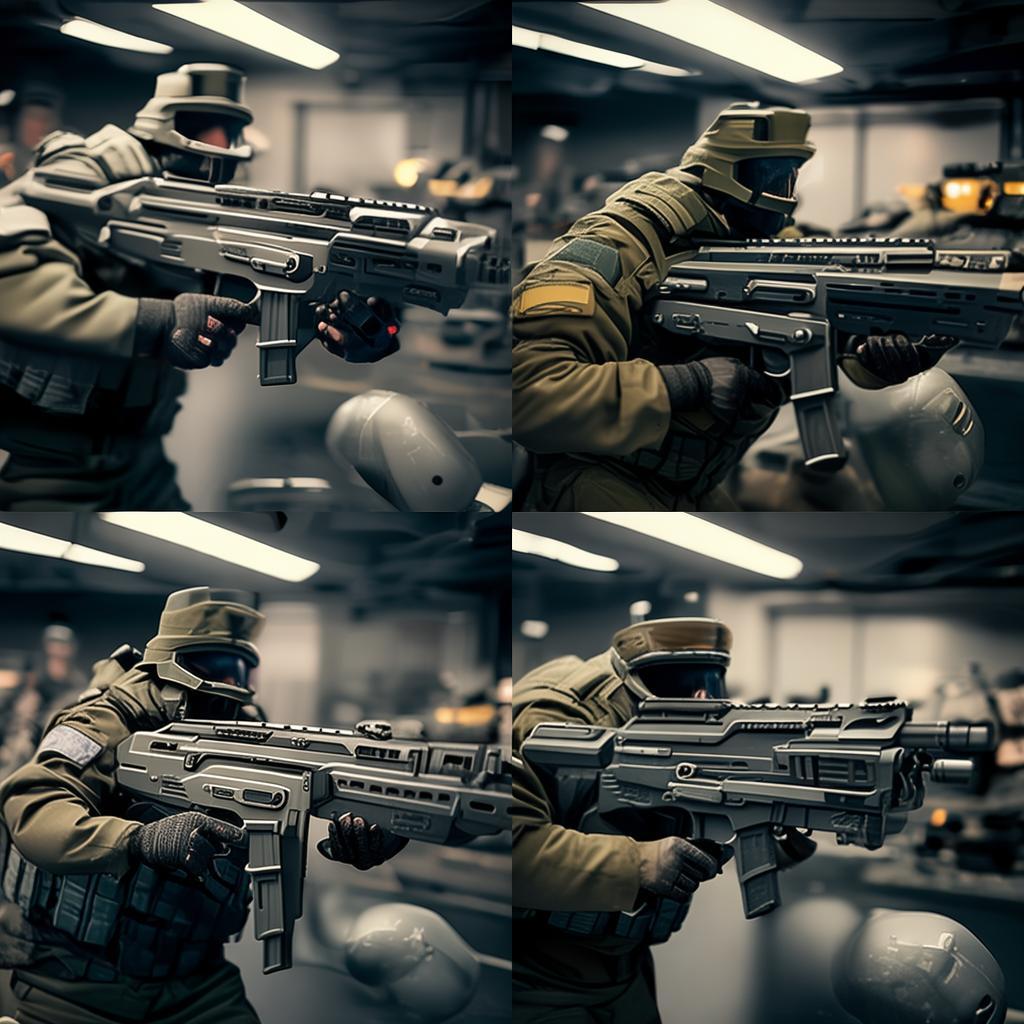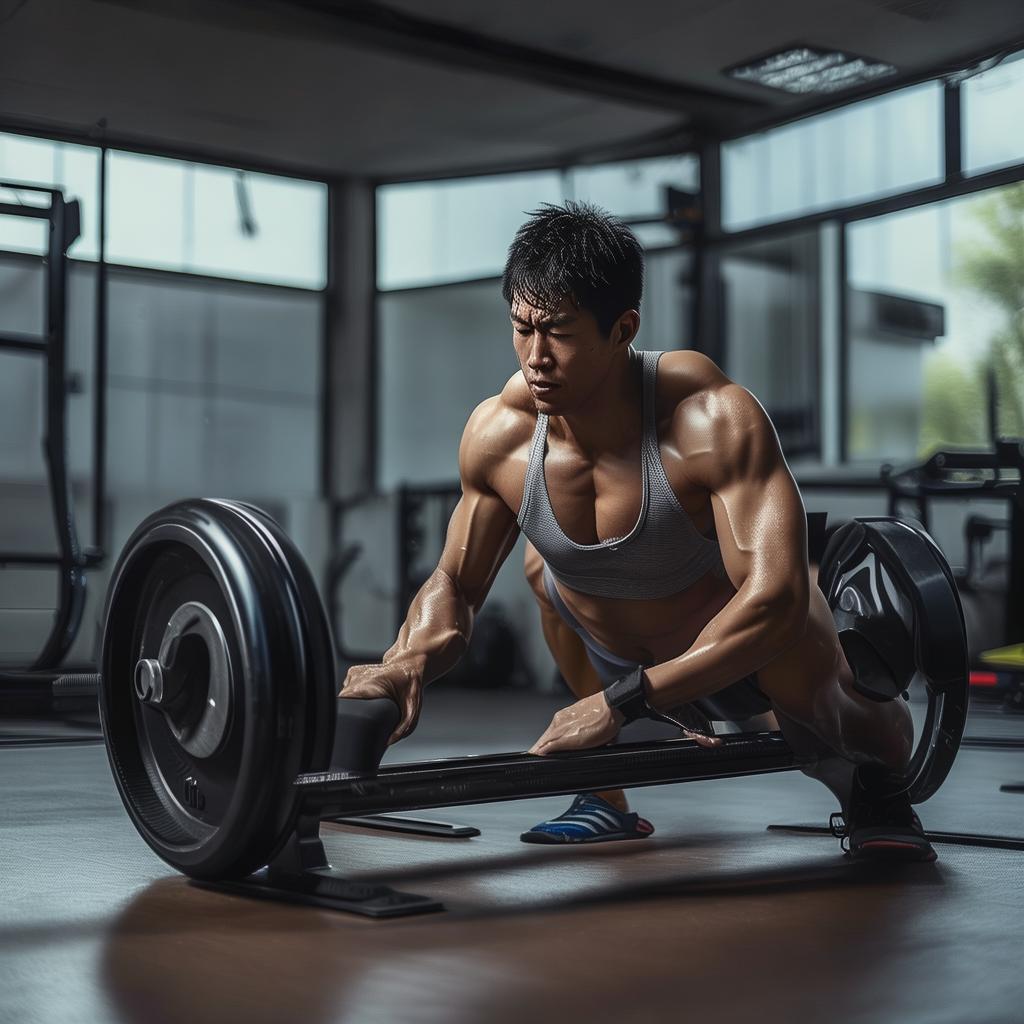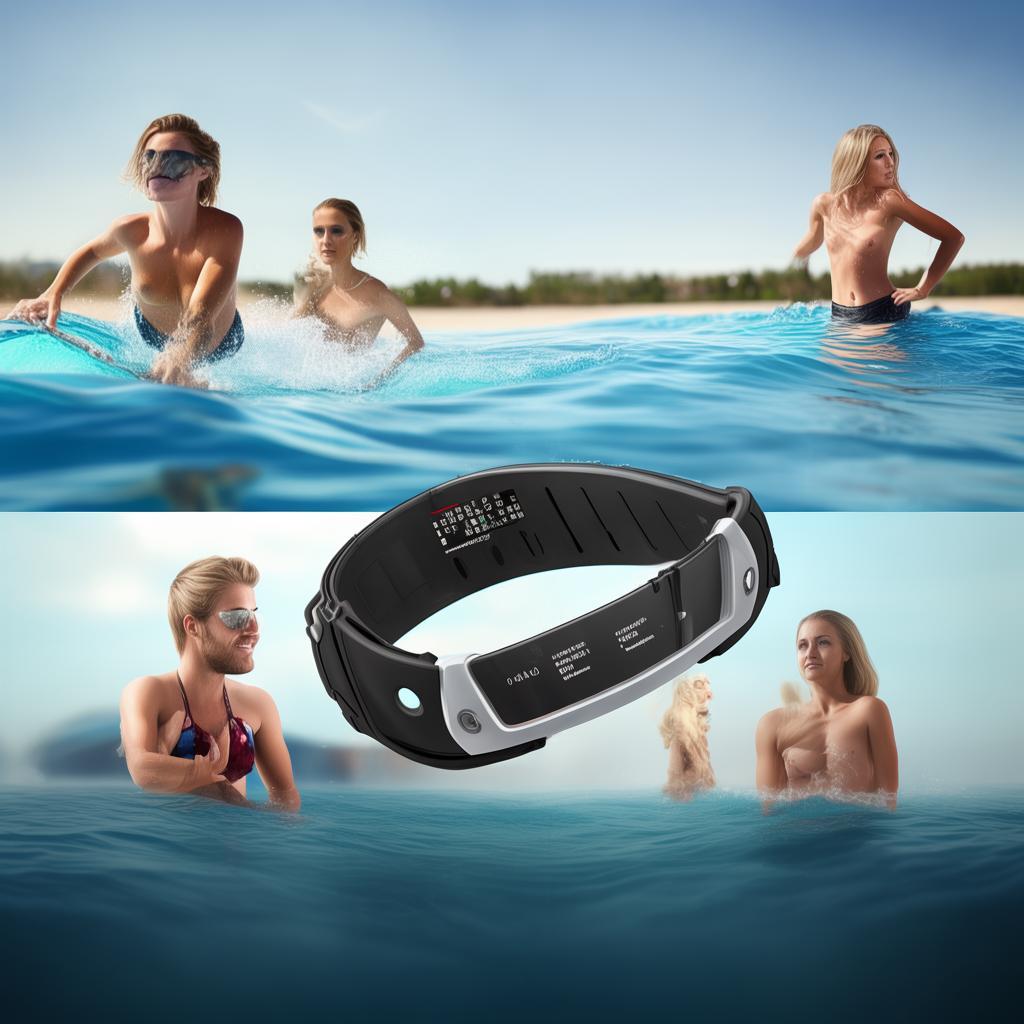Introduction
Myofascial guns have become ubiquitous in today’s fitness – and wellness – centric world. You can find them in a plethora of styles online. Athletes, fitness trainers, and even actors and celebrities have embraced them, making them a hot trend. In previous articles, the actual value and usefulness of fascia guns have been analyzed, and it’s clear that they do have their merits. However, using them correctly is key to maximizing their benefits.
What is a Fascial Gun?
For those unfamiliar, a fascial gun is a handy device that enables self – administered, quick, and powerful massages anytime, anywhere. Its name is quite fitting as it resembles a pistol in appearance. Market – available fascia guns share similarities in function, style, and operation. A quality fascial gun can rapidly apply pressure to muscle tissue, alleviating pain and stiffness.
How Does a Fascial Gun Work?
Fascial guns operate through either shock or vibration, and sometimes both simultaneously. These methods target the soft tissues, and experts believe they can reduce muscle soreness and post – exercise fatigue.
How to Use the Fascia Gun Correctly
Proper usage of a fascia gun is crucial to avoid injury and make the most of this device. Here are some guidelines for different scenarios:
Using the Fascia Gun Before a Workout
Using a fascia gun before a workout can serve as an effective warm – up. It increases blood flow to the muscles that will be worked during the exercise and can also enhance joint range of motion. To use it before a workout, spend 1 – 2 minutes massaging the primary muscle groups and 30 seconds on the secondary muscle groups. For example, if you’re planning a leg workout, a pre – workout routine could be 60 seconds on each quadriceps, 60 seconds on each hamstring, 30 seconds on the lower back, and 30 seconds on each calf. In under five minutes, you can boost circulation. But remember, the fascia gun is not a replacement for other important warm – up activities like dynamic stretching and light cardio.
Using the Fascia Gun After Exercise
Post – workout, the fascia gun can be used for relaxation. It helps the body transition from an exercise state to a rest state, potentially relaxing the nervous system. It also keeps blood circulating, supplying oxygen and nutrients to tired muscles. Additionally, it may help reduce muscle inflammation, which is associated with post – workout muscle soreness (caused by microscopic muscle fiber tears and tissue inflammation).
Muscle Soreness Relief with a Fascial Gun
Delayed onset muscle soreness, which may occur a day or two after exercise, can be alleviated to some extent with a fascia gun. It won’t completely eliminate the soreness but can provide temporary relief. When using it for muscle soreness, adjust the speed and depth settings to a non – painful level, as sore muscles are sensitive. Once you find a comfortable setting, use the gun for 1 – 2 minutes on each sore area.
What Not to Use the Fascia Gun For
Although generally safe, there are situations where using a fascia gun is not advisable. These include musculoskeletal injuries like sprains and strains, bruises or open wounds, severe or unexplained pain, and having conditions such as arthritis, osteoporosis, or fibromyalgia.
How Often to Use a Fascial Gun
You can use the fascia gun daily if you’re proficient in its operation and don’t exceed the recommended usage times (usually provided in the instructions of the massage gun). Using it on one muscle or muscle group for too long can cause sensitivity or pain, while using it too little may not yield desired results. If in doubt, refer to the equipment’s instructions.
A fascia gun can be a great addition to your fitness routine. But when applying external force to your body, caution is necessary. Avoid using it on injured, bruised, or overly sensitive areas. If you’re unsure about its suitability for your injury recovery, consult a doctor first.





